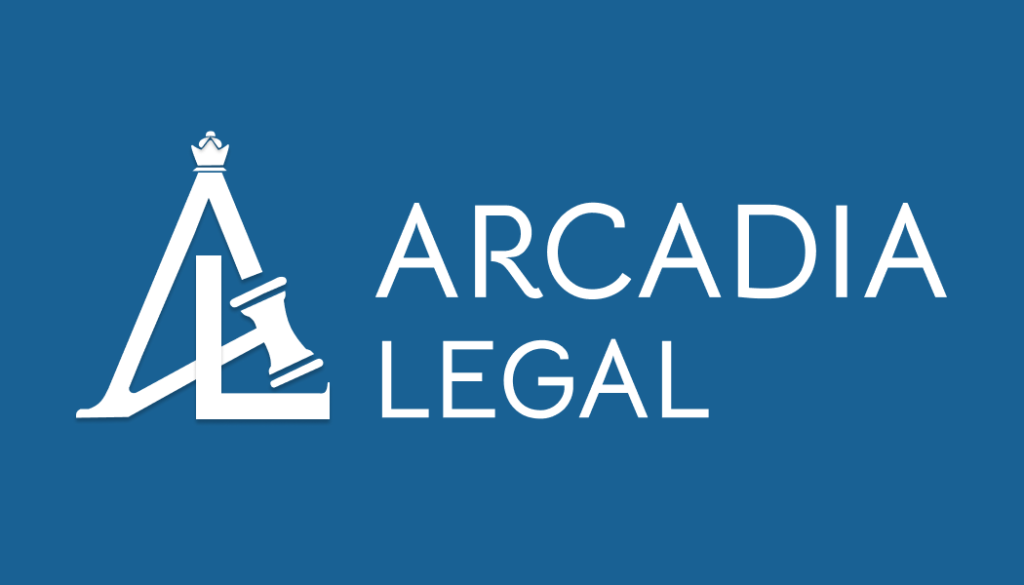Key Legal Aspects:
International Labour Organization (ILO) Frameworks:
The ILO has introduced multiple conventions and recommendations, including maternity protection, equal remuneration, and bans on hazardous work for women. These international guidelines ensure gender equality and protect women from workplace exploitation. Strengthening international collaboration can lead to better implementation of these conventions at the national level.
Provisions in the Constitution of India:
- Article 14: Guarantees equality before the law for all individuals, ensuring equal legal protection.
- Article 15: Prohibits discrimination based on gender, preventing biases in employment and social structures.
- Article 16: Ensures equal employment opportunities for all citizens, irrespective of gender.
- Article 23: Bans human trafficking and forced labour, safeguarding women from exploitation.
- Directive Principles (Article 39, 42): Advocate for equal pay and maternity benefits, ensuring women’s welfare in the workforce.
- Article 51A(e): Encourages the renunciation of practices derogatory to women’s dignity, promoting gender equality.
- 73rd & 74th Constitutional Amendments: Ensure women’s representation in local governance, strengthening their political empowerment.
Labour Laws Protecting Female Workers in India:
- Factories Act, 1948: Regulates work hours, prohibits night shifts, and mandates separate facilities for women to ensure their safety and comfort.
- Maternity Benefit Act, 1961: Grants maternity leave and benefits, protecting the health and economic security of working mothers.
- Equal Remuneration Act, 1976: Ensures equal pay for equal work, eliminating wage discrimination.
- Sexual Harassment of Women at Workplace (Prevention, Prohibition, and Redressal) Act, 2013: Establishes mechanisms to address workplace harassment, ensuring a safe work environment.
- Contract Labour (Regulation and Abolition) Act, 1970:Ensures fair treatment and compensation for contract workers, including women.
- Code on Social Security, 2020: Integrates maternity benefits and welfare provisions under a single framework, strengthening social security for female workers.
Challenges Faced by Women in the Workforce:
Despite legal protections, women continue to face systemic challenges, including:
- Pregnancy Discrimination: Employers may avoid hiring or promoting pregnant employees, limiting career progression.
- Sexual Harassment: Workplace harassment remains underreported, deterring women from pursuing careers in certain fields.
- Gender Pay Gap: Women still earn less than men for similar work, reinforcing economic inequality.
- Exclusion in Male-Dominated Fields: Women in STEM and finance face bias and fewer promotions, restricting career opportunities.
- Work-Life Balance Issues: Lack of childcare support and social expectations burden working women, making career advancement difficult.
- Limited Awareness of Legal Rights: Many women are unaware of existing laws designed to protect them, reducing their ability to seek justice.
Need for Special Legislation & Reforms:
Given historical discrimination and ongoing workplace biases, gender-specific legal protections remain necessary. These include provisions on work hours, night shifts, hazardous employment, and maternity benefits. However, reforms should focus on:
- Stricter enforcement of existing laws and imposing penalties for non-compliance, ensuring employer accountability.
- Awareness campaigns to educate women about their rights, empowering them to seek legal remedies.
- Encouraging female entrepreneurship and leadership roles, fostering economic independence and professional growth.
- Strengthening support systems like workplace childcare and flexible work policies, promoting a balanced work environment.
Conclusion:
Although laws exist to protect female labourers, enforcement remains inconsistent. Raising awareness among women regarding their rights and strict compliance by employers are crucial for meaningful change. Legal frameworks must evolve to bridge the gender gap in employment and ensure safe, equitable workplaces for all women. Additionally, government and corporate initiatives must work hand in hand to create a culture of inclusivity and empowerment for female workers. Strengthening policy implementation, coupled with proactive societal change, will pave the way for a more just and equitable work environment for women.


